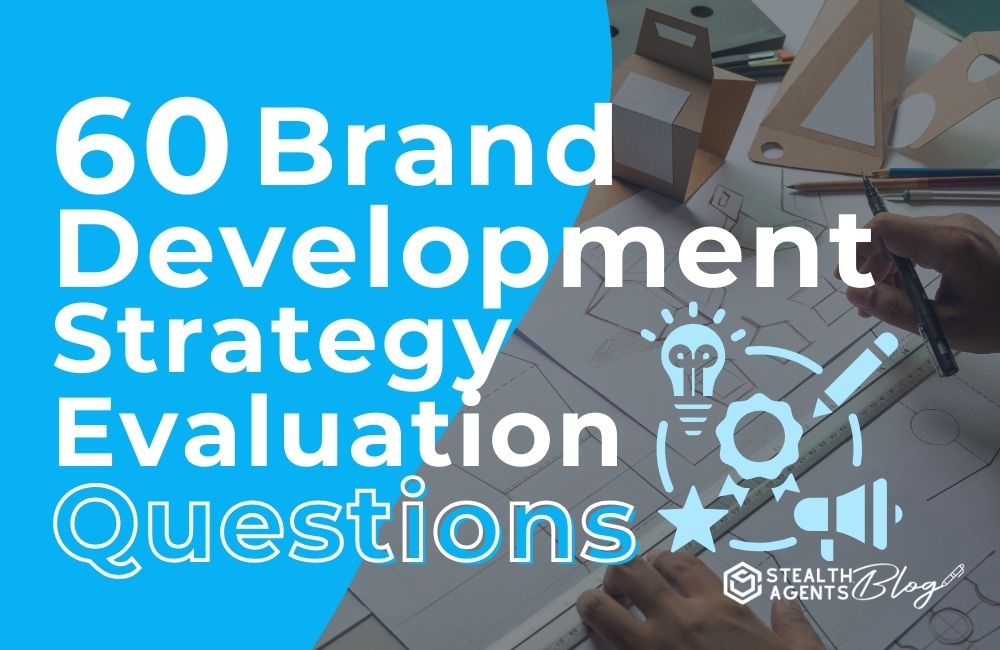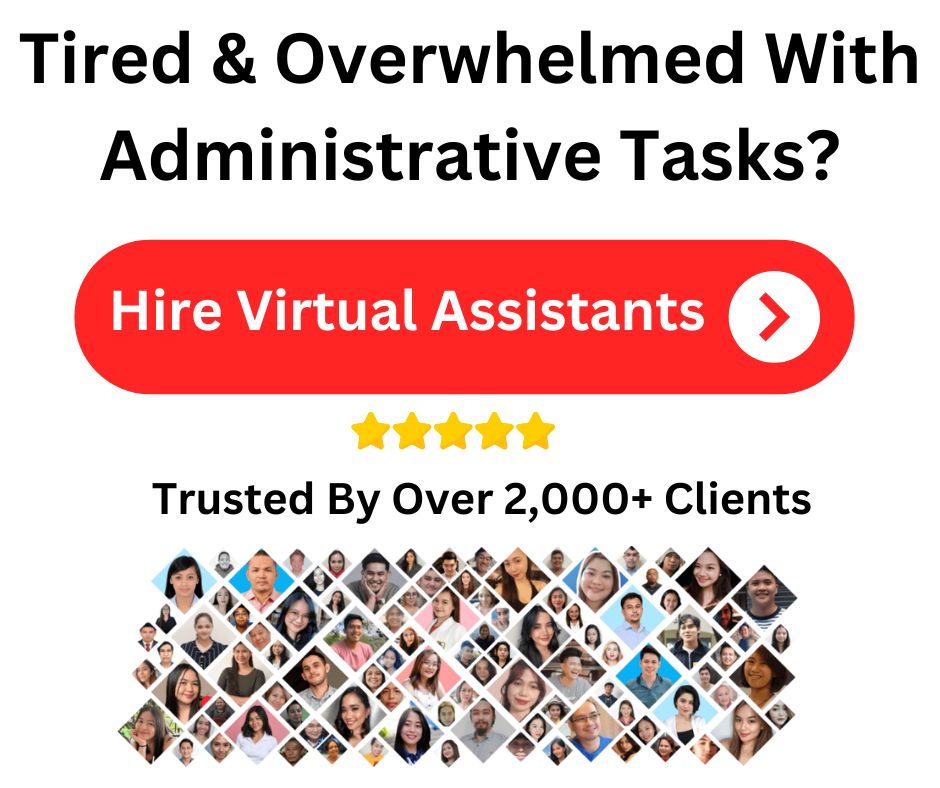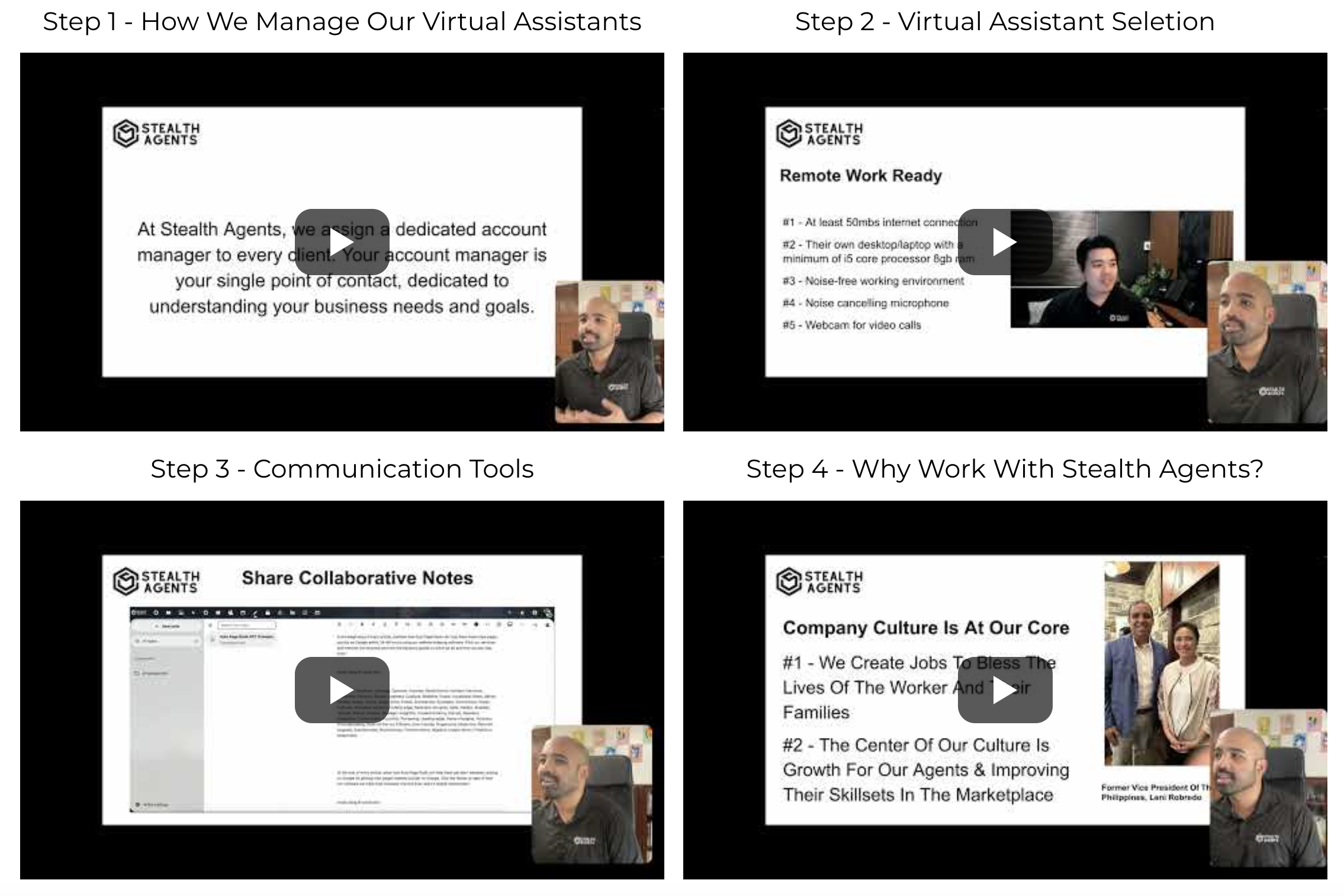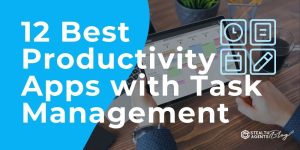60 Brand Development Strategy Evaluation Questions
In the world of marketing, your brand is the North Star that guides every decision, every action, and every aspect of your business. A strong brand isn’t just a logo or a nifty tagline; it’s your company’s essence, its character, and the promise it makes to your customers. Crafted well, a brand can be a powerful asset, setting you apart from the competition and engaging people on a deeper, emotional level.
But how do you know if your brand development strategy is hitting the mark? The proof is in the pudding—without rigorous assessment, it’s hard to know if your brand is resonating with your audience. To demystify the process, let’s delve into 60 probing questions that act as a litmus test for your brand’s development strategy.
Why Brand Development Strategy Matters
Before we dive into the questions, let’s set the stage. Brand development strategy isn’t just a marketing buzzword; it’s a roadmap that drives your business forward. A well-thought-out strategy ensures that your brand is consistent, memorable, and relatable.
The First 15 Questions: Strategic Foundations
In this section, we’ll tackle the questions that probe the very core of your brand’s strategic foundations, like identifying your brand’s core values and assessing brand coherence.
-
What are your brand’s core values, and how do they translate into your day-to-day operations?
-
Do your products or services provide a consistent brand experience that aligns with your values?
-
How has your brand evolved, if at all, since its inception?
-
What is your brand promise, and how do you deliver on it consistently?
-
Who are your competitors, and what differentiates your brand from theirs?
-
Have you undertaken a SWOT analysis (Strengths, Weaknesses, Opportunities, and Threats) recently to inform your brand development strategy?
-
Are your team members aware of and aligned with your brand’s mission and vision?
-
Do you have a brand style guide to maintain brand consistency across all touchpoints?
-
How do you measure brand awareness among your target audience?
-
When was the last time you updated your brand materials? Is it time for a refresh?
-
What associations do you want consumers to make with your brand, and are you actively fostering those connections?
-
How does your pricing strategy align with your brand positioning?
-
Does your customer service integrate seamlessly with your brand identity?
-
How has your brand’s messaging evolved, and is it clear to your audience?
-
Do you have an internal or external brand champion who advocates for your brand?
The Second 15 Questions: Brand Image and Awareness
This section explores how well your audience recognizes and engages with your brand image and messaging.
-
Is your brand’s visual identity – including logo, colors, and imagery – consistent and appealing to your target audience?
-
Does your brand’s visual identity align with the emotional response you’re aiming to evoke from customers?
-
Are your digital platforms, including your website and social media, up to date with modern design standards and user experiences?
-
How is your search engine optimization (SEO) strategy contributing to brand visibility?
-
What is the tone of voice and personality you project through your brand communications, and how does it resonate with customers?
-
Are you utilizing storytelling to create a deeper connection with your audience?
-
How do you integrate your brand into your content marketing efforts?
-
What offline marketing channels are you utilizing to reinforce your digital brand presence?
-
What partnerships or collaborations have you engaged in to expand your brand’s reach?
-
What influencer marketing strategies have you employed to leverage trust and credibility for your brand?
-
Are you monitoring brand sentiment through social listening, and if so, what are the key takeaways?
-
How do you ensure that your brand’s messaging remains relevant in a rapidly changing cultural and economic landscape?
-
What PR and media relations strategies are contributing to your brand’s visibility and reputation management?
-
What events or sponsorships does your brand participate in, and how does this elevate your brand’s image?
-
Can your brand effectively tap into current trends and conversations without seeming opportunistic or inauthentic?
The Third 15 Questions: Emotional Connection and Loyalty
Building an emotional connection with your audience leads to brand loyalty. These questions explore how well your brand achieves this.
-
In what ways does your brand encourage audience engagement beyond transactional relationships?
-
How do you elicit and harness customer feedback to enhance the brand’s offering and relationship with its audience?
-
Have you identified and communicated the customer profiles your brand most resonates with?
-
What personalized marketing tactics are you using to tailor the brand experience to individual customers?
-
How does your loyalty program reinforce the commitment your customers have to your brand?
-
Are your customer service and support functions seen as an extension of your brand ethos?
-
In what ways do your customers advocate for your brand, and how can you amplify their voices?
-
How do your employees contribute to building a positive brand image, internally and externally?
-
Is there a plan in place for managing and recovering from any potential brand crises?
-
How do you maintain and evolve your brand’s emotional connection with customers as the market changes?
-
What innovative strategies are you implementing to stay ahead of competitors in terms of brand loyalty?
-
How do you measure the strength of the emotional connection customers have with your brand?
-
Do you offer premium, exclusive content or experiences to nurture your repeat customers?
-
Can your brand maintain loyalty in the face of economic or industry-specific challenges?
-
What part do ethical and social considerations play in your brand loyalty strategy?
*advertisement*
Tired & Overwhelmed With Administrative Tasks?
Hire A Top 1% Virtual Assistant From Stealth Agents!

Sign Up Below & Hire A Top 1% Virtual Assistant
Rated 4.7 Stars Serving Over 2,000+ Customers.
Hire Top 1% Virtual Assistants For $10-$15 Per Hour
Ask About Our 14 Day Trial!
*advertisement*
The Fourth 15 Questions: Competitive Edge and Differentiation
To stay ahead of the game, your brand must consistently assess and refine what sets it apart. The questions in this section help you understand your brand’s competitive advantage.
-
How do you articulate your brand’s unique selling proposition (USP) to capture your target audience’s attention?
-
Are you effectively communicating what your brand stands for, beyond just what it sells?
-
Have you conducted a competitive analysis to understand how your brand is perceived relative to competitors?
-
What consumer perceptions and market trends are shaping the strategies to position your brand strategically?
-
Are there geographic or cultural nuances that affect how your brand is perceived, and how do you address these?
-
When was the last time you reviewed your brand’s competitive positioning, and is it still relevant today?
-
Have you updated your branding strategy in response to changes in consumer behavior or preferences?
-
What customer needs does your brand fulfill that others in the market do not, and how do you emphasize this?
-
How do you ensure your competitive edge is sustainable over time?
-
Do you have a multi-pronged approach to differentiation that encompasses product, service, experience, and brand image?
-
How do you balance consistent brand messaging with the need for creative adaptation in different contexts?
-
Have you sought input from customers or focus groups when refining your brand’s competitive message?
-
In what ways does your brand contribute to or benefit from industry innovation and thought leadership?
-
Are there specific brand experiences or products that are shared more on social media, and what does this indicate about your brand?
-
When was the last time you performed an A/B test on brand messages, and what were the results?
By now, you should have a clearer picture of how to evaluate your brand’s development strategy. Remember, brand development is an ongoing journey. As markets shift and audiences evolve, your strategy needs to adapt. There’s no silver bullet, but by periodically addressing questions like these, you’ll be on the right track to brand success.









